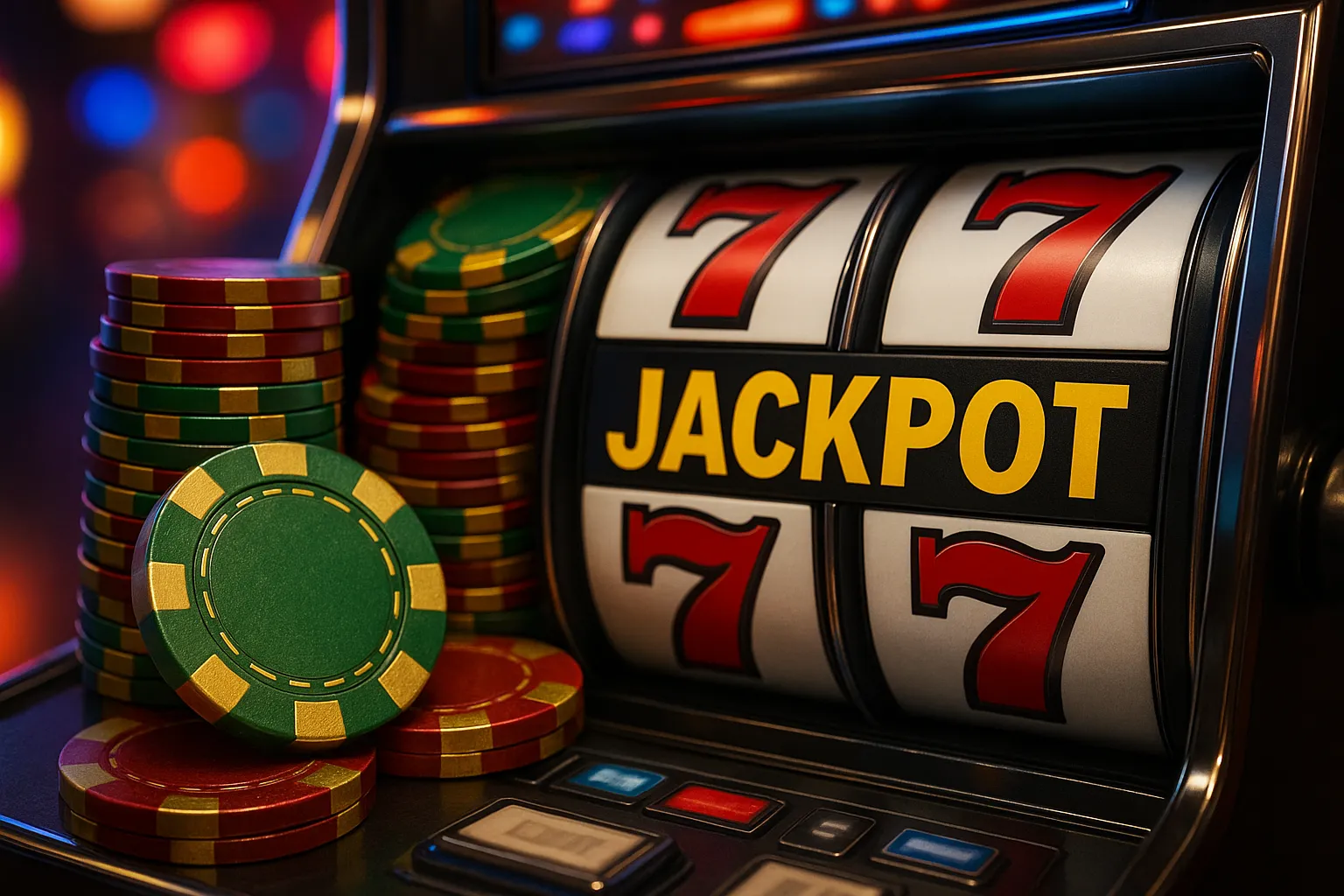When most players sit down at a slot machine or open up their favorite online casino game, they see the jackpot number flashing and instantly imagine what it would be like to hit that life-changing prize. What many don’t realize is that jackpot sizes are not random guesses but the result of careful design, mathematical modeling, and player psychology. For casino game developers, deciding on jackpot sizes is both an art and a science—balancing excitement, fairness, and business sustainability.
The Balance Between Attraction and Sustainability
Jackpot sizes are designed to attract players, but they also need to be sustainable for the casino operator. Developers work closely with mathematicians to create payout models where the house edge remains intact while players still feel they have a chance at winning big. If jackpots are too small, they don’t generate enough excitement; if they’re too big without the right mechanics, casinos risk losing profitability.
Progressive jackpots—where a portion of each bet contributes to a growing prize—are especially popular because they create anticipation. Developers calculate the rate at which these jackpots grow and cap them at levels that both appeal to players and protect the operator’s bottom line.
Psychology, Player Behavior, and Game Mechanics
The psychology of gambling plays a huge role in jackpot sizing. Developers know that players are motivated by the dream of a “big win,” even if the odds are slim. By setting jackpots at levels that feel aspirational but still believable, they maintain player engagement.
It’s also important to consider game mechanics. Some games are designed to offer frequent smaller wins with an occasional large jackpot, while others focus on rare, massive payouts. Both strategies require careful mathematical planning to ensure the game remains profitable while satisfying different types of players.
During this process, developers also analyze market trends. Games that resonate in one region might not have the same appeal elsewhere. For example, some markets prefer consistent mid-range jackpots, while others are drawn to headline-grabbing mega prizes. These insights shape how developers fine-tune jackpot sizing.
For anyone wondering about the legitimacy of gaming experiences beyond traditional casinos, even casual or quirky titles are evaluated for fairness and transparency. A common example in gaming communities is the debate around whether the chicken road game legit—a playful take on chance and timing—actually delivers what it promises. While this game is far from a high-stakes casino slot, the principle is the same: developers must strike the right balance between player satisfaction and sustainable reward systems.
Mathematical Models and RTP (Return to Player)
At the core of jackpot sizing lies the concept of RTP—Return to Player. RTP is a theoretical percentage that indicates how much of the money wagered on a game is paid back to players over time. Developers set jackpot levels in line with the overall RTP of the game.
For example, a game with a 96% RTP must allocate that percentage across small wins, medium wins, and jackpot payouts. If too much of the RTP is funneled into the jackpot, everyday wins become scarce, and the game feels unbalanced. If too little is allocated, the jackpot doesn’t attract attention. Developers simulate millions of spins during testing to ensure the payout distribution feels right for players while meeting compliance standards.
Progressive vs. Fixed Jackpots
Not all jackpots are created equal. Some are fixed jackpots—set amounts that do not change regardless of how many people play. These are easier to manage but often smaller. Progressive jackpots, on the other hand, grow with every wager until someone wins, creating the allure of “the bigger, the better.”
Developers must decide which format fits their game. Fixed jackpots offer stability and predictability for casinos, while progressive jackpots bring excitement and marketing appeal. Some developers even implement tiered jackpots—mini, minor, major, and grand—to give players multiple levels of rewards, ensuring frequent engagement while still offering a big prize.
Regulatory and Ethical Considerations
Jackpot sizing isn’t just about business strategy—it also involves regulation. Casino game developers must comply with strict rules in different jurisdictions that govern how jackpots are funded, displayed, and won. Regulatory bodies require transparency so that players know the odds and can trust the fairness of the game.
This ethical side of development ensures that jackpots are not misleading. Developers must present jackpots honestly and avoid manipulative tactics. Transparency builds trust, which is crucial in an industry where skepticism is common.
Real-World Examples and Market Trends
Looking at some well-known examples in the gaming world, mega progressive jackpots like Mega Moolah or Divine Fortune became famous not just because of their size but because of the publicity surrounding massive wins. Developers learned that headline-worthy jackpots serve as powerful marketing tools, drawing in players who dream of replicating those wins.
At the same time, local markets show different preferences. European online players might favor slots with multiple smaller jackpots, while North American markets lean toward “millionaire-maker” jackpots. Developers use player data, cultural insights, and analytics to decide which direction to take.
Conclusion
Deciding on jackpot sizes is far from a random process. Casino game developers rely on a mix of mathematics, psychology, market research, and regulatory compliance to create jackpots that are both thrilling and sustainable. The goal is always balance—offering life-changing wins for players while ensuring long-term profitability for operators.
The next time you see a jackpot number glowing on a slot machine or an online casino game, remember that it’s not just a number—it’s the result of careful design, testing, and strategic decisions that shape your gaming experience.




